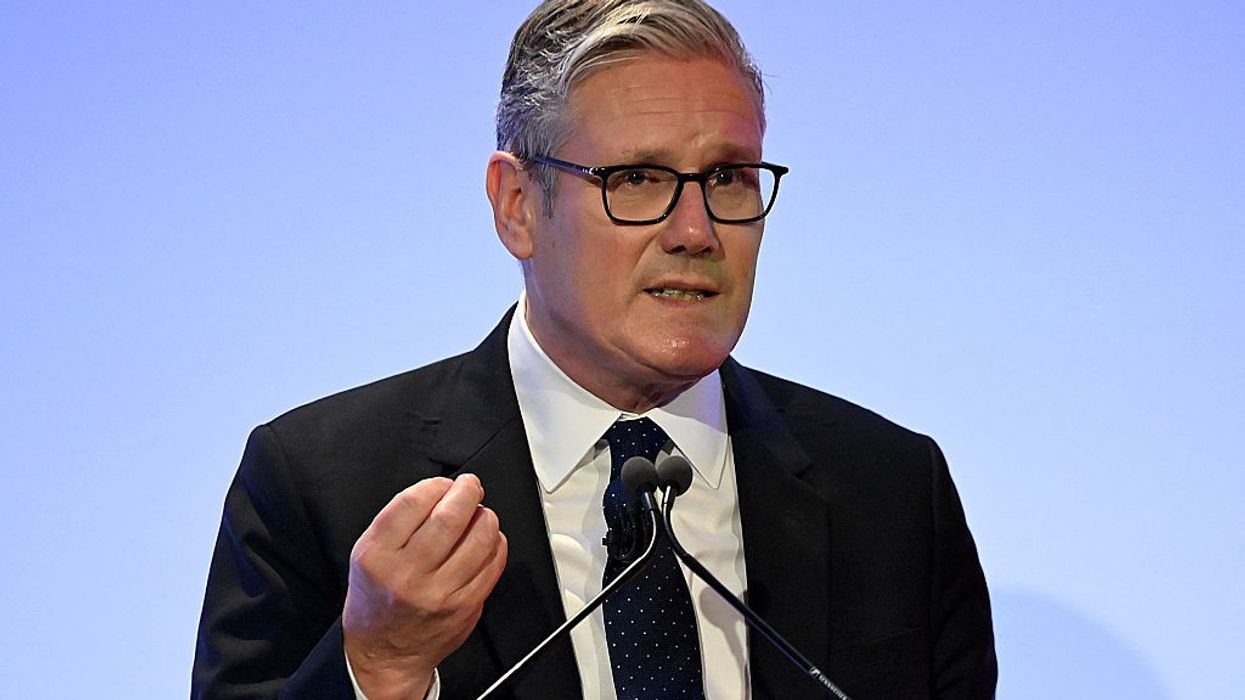India's main reservoirs have hit their lowest March levels in five years, government data showed, indicating a possible squeeze on drinking water and power availability this summer in most parts of the country.
In major centres such as India's 'Silicon Valley' Bengaluru, home to IT majors like Google, Infosys, and Wipro, and thousands of start-ups, water supply is already being curtailed.
The 150 reservoirs monitored by the federal government - which supply water for drinking and irrigation and are the country's key source of hydro-electricity - were filled to just 40% of capacity last week, government data showed.
Parched Bengaluru
In the southern state of Karnataka, home to Bengaluru, the main reservoir was down to 16 per cent capacity.
Weak southwest monsoon rains have dented groundwater levels in Bengaluru and reduced water levels in the Cauvery River basin reservoirs that feed the city, which is home to roughly 14 million people.
That is making residents of the city pay surging prices for water tankers even before the onset of peak summer.
Large residential complexes are asking residents to cut down their water usage, and some building managers have hiked water prices to pass on higher costs.
The Bangalore Water Supply and Sewerage Board (BWSSB), the agency responsible for water supply in the city, gets most of its water from the Cauvery River, which originates at Talakaveri in the city's home state of Karnataka and flows through neighbouring Tamil Nadu before draining into the Bay of Bengal.
In a bid to shore up its supplies in the coming months, the BWSSB has appealed to authorities for additional water from the Cauvery basin.
The situation could escalate the crisis in central and southern cities which face extreme heatwaves in April and May.
India's water resources get replenished only around June with pre-monsoon and monsoon rains.
Weak monsoon
In other industrial states such as Maharashtra, Andhra Pradesh and agricultural states Uttar Pradesh and Punjab levels are below their 10-year averages.
Longer term, there is a risk of water wars if governments do not act now, said Sandeep Anirudhan, convener of the Coalition for Water Security.
The low water levels follow a monsoon season last year that saw the lightest rains since 2018, after the El Nino weather pattern made last August the driest in more than a century. The monsoon was also uneven, with some areas receiving more rain than others.
A senior official in the federal power ministry said the ministry is monitoring reservoir levels but does not yet anticipate a situation that could lead to a shutdown of plants.
"If the situation becomes worse due to lack of rains, drinking water supply will get priority over power generation," he said.
The federal water resources ministry and the water commission did not respond to e-mailed requests for immediate comment.
India's hydro generation in the 10 months from the beginning of the current financial year which began last April is down 17% despite strong electricity demand.
Hydropower generation in Asia has plunged at the fastest rate in decades amid sharp declines in China and India. (Reuters)

















 Kulsuma Aktergetty images
Kulsuma Aktergetty images
Police may probe anti-Israel comments at Glastonbury